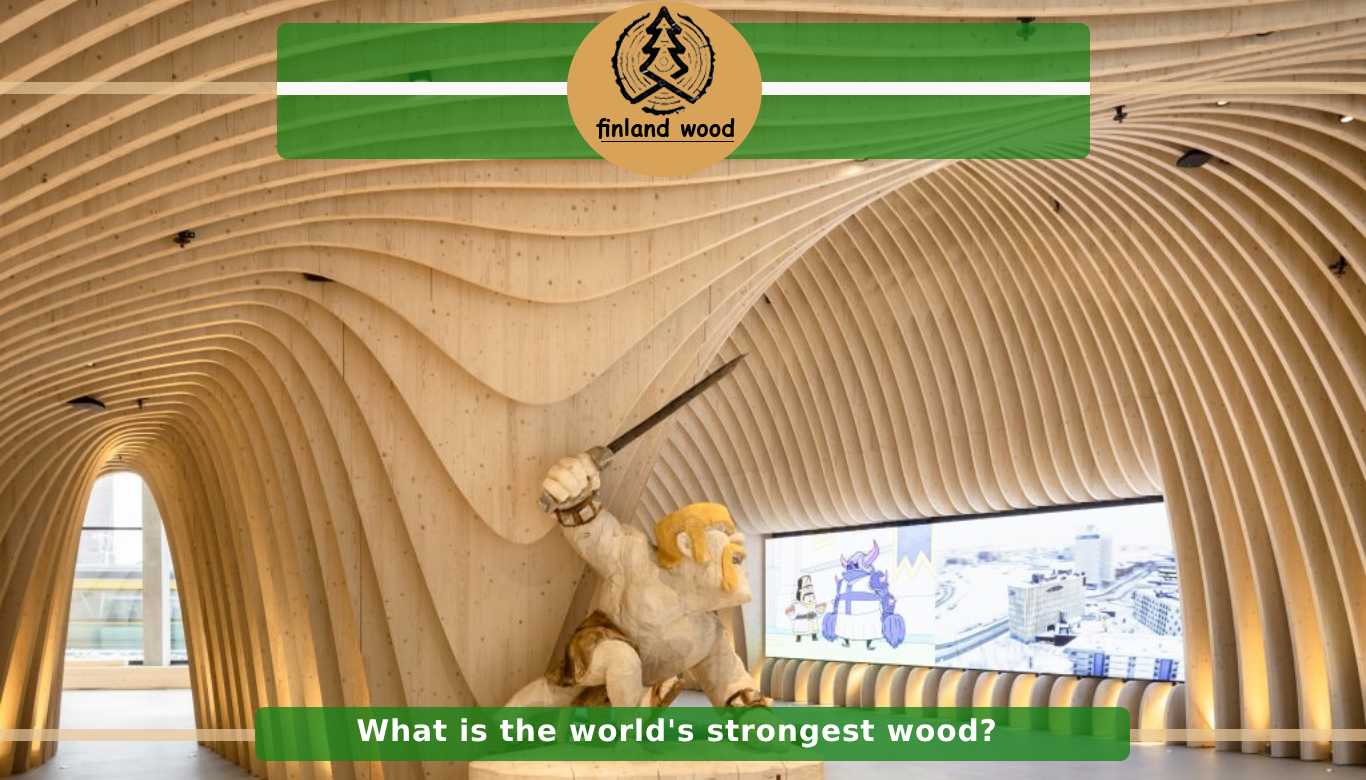Pseudotsuga menziesii, also known as Douglas fir, is a large tree that forms large forests from British Columbia, Canada to California, USA, especially in western Oregon and the Sierra Nevada hilly lands.
Also locally called “Oregon Pine”. Douglas fir is the species that has the largest number in the northwest and even America in terms of diameter and height. In pristine forests, its length reaches 60-85 meters and its diameter reaches 1.20-1.80 meters.
Although it can be found in a variety of soil types, it grows best in deep, well-drained, mineral-rich, permeable, high-moisture loamy soils. Its leaves are smooth like fir leaves, with veins on the upper surface and two broad stomatal bands on the lower part. It can remain on the branches for 5 to 8 years without falling.
The most distinctive feature of Douglas fir among all conifers is its buds. The buds are large and sharp, covered with numerous, shiny, chestnut-red scales.
Habitat: Douglas fir grows best in deep, well-aerated soils with a pH between 5 and 6. It does not grow in soils with poor or compressed drainage.
Douglas fir wood
One of the woods that is widely used and its features are of interest to many people is Douglas fir wood. It is a redwood that grows in the forests of England as well as Canada. In addition, it is also known as Oregon pine and British Columbia pine.
This wood is one of the softwoods and has good durability and strength.
This can mean that the wood is easily damaged, so care must be taken when grinding, handling and transporting the timber.
Features of Douglas fir wood
Douglas fir wood, similar to other types of wood, has unique properties that make it suitable for various applications. Knowing each of these features will help you to use it according to the different application.
- Strength: Douglas fir is one of the strongest woods known in the world for construction, known for its hardness. Compared to redwood, Douglas fir is 60% stronger, 40% harder and more resistant.
- Versatility: The diversity of woods and their characteristics is very high, due to its strength, Douglas fir is suitable for many applications, especially wooden cover in building facades.
- Density: The density of Douglas fir is 530 kg/m3. However, this type of wood is slightly lower than heavy wood samples. However, if compared to Canadian cedar, it can be said that Douglas veneer is denser, hence it is considered a favorable option for wooden facade and gazebo construction.
- Durability: Douglas fir is relatively durable. Therefore, it resists decay caused by factors such as fungi, pests and other quality reduction factors. The minimum lifespan of Douglas veneers is more than 35 years.
- Color: As a redwood, Douglas fir has a very attractive red and brown color.
In appearance, Douglas fir is usually light brown with a touch of red or yellow between the darker growth rings, although its appearance can vary greatly depending on age and location.
Applications of Douglas fir wood
Douglas fir is the most widely used wood for building and construction.
Among internal and external uses, Douglas fir seems to be a good choice due to its durability, stability and strength in terms of appearance and color variety.
It is often used for wooden frames, exterior veneer, interior veneer, furniture and decoration design.
Undoubtedly, due to the properties of Douglas fir, it is a suitable and unique choice for outdoor use. From its inherent flexibility to the remarkable resistance it provides to decay, its stunning appearance and diversity have led many architects to use Douglas fir veneer for wood facades.
Common questions:
Is the fir the same as Douglas fir
Douglas fir, sometimes called Douglas tree, Oregon pine, and Douglas fir, is not actually a true fir or pine. Douglas firs are evergreen trees, they keep their sharp-like leaves all year round.
Is Douglas fir better than pine?
Pine has wide grain lines that wander and makes it much weaker than fir. Softwood expands and contracts between the grain lines and it cause the wood to warp. For stability and strength, fir is much less exposed to twisting and is much stronger than pine.
Is Douglas fir the same as pine?
With a score of 660 on the Janka scale, Douglas fir is placed among the pines. Thus it is fairly comparable in hardness to yellow pine, although it is slightly softer than the short leaf species and considerably harder than the southern tall pine.
Is Douglas fir waterproof?
Fir is a type of softwood that remains dimensionally stable without the need for drying. In a way, this property makes this timber waterproof.
Is Douglas fir soft or hard?
Douglas fir is considered a softwood.
The quality of the chosen wood for furniture, interior decoration and exterior application, not only determines its durability, but is also very important from an aesthetic point of view.
Finland Wood Company with a team of experienced specialists in the field of recognizing different types of wood, are ready to offer you a variety of wood products. For consultation from our experts, you can call the company numbers or use the online chat service of the website.







